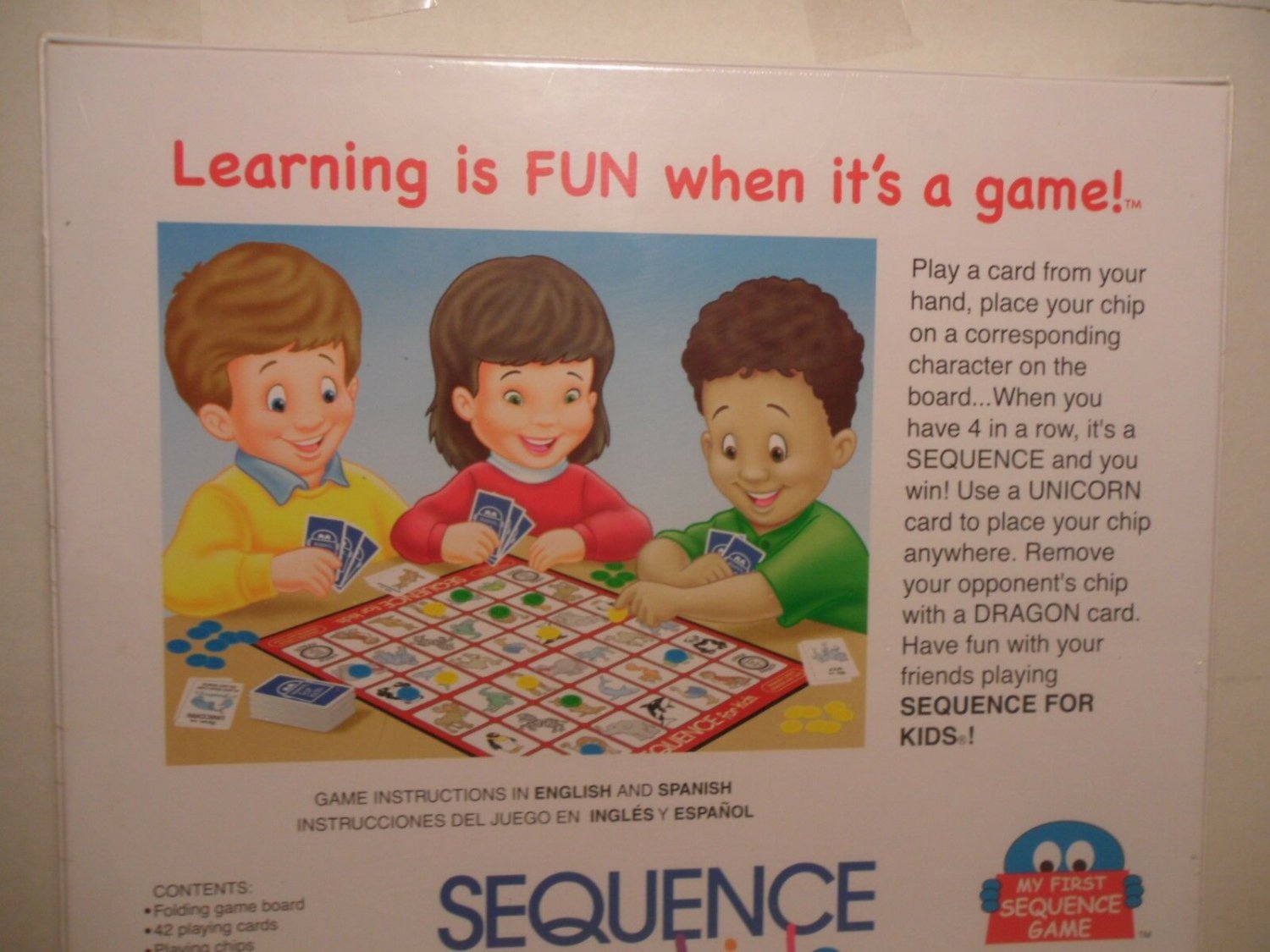
Your rack, of course), but there is no other limit on how You may not exchange more tiles from your rack than are in the pool (or are in The pool of remaining letters, and then mix your discarded letter(s) into the pool.

You may use a turn to exchange all, some, or none of the letters. It remains that letter for the rest of the You must state which letter it represents. Placing a complete word parallel to a word already played so thatĪdjacent letters also form complete words.Īny new words formed by these connections must also be in the dictionary.Įach of the two blank tiles may be used as any letter.Word must use one of the letters already on the board or must add a letter Placing a word at right angles to a word already on the board.

Adding one or more letters to a word or letters already on the board.On the board) must form a single word from the dictionary, with no gaps.Įach new word must connect to the existing words, In a single vertical column, and the letters placed (plus letters already The letters placed in a single turn must all be in a single horizontal row or
#Sequence game rules for 2 players series
Each plays a series of tiles formingĪ word (possibly more than one word, as below) andĪlways keep 7 tiles on each rack, unless there are not enough tiles left. Receives replacement letters, one for each letter played.įollowing the first turn, players alternate. (Diagonal words are not allowed.) After playing a word, the player Places it on the board to read either across or down with one letter on the center The first player combines two or more of his or her letters to form a word and A sequence is a series of 5 chips in the same color going up, down, across, or diagonally on the board.Players initially draw 7 tiles each and place them on their rack. Play continues clockwise around the table until one player or team scores 2 sequences for a 2-player/2-team game or 1 sequence for a 3-player/3-team game. Players finish their turn by drawing a new card from the deck. A dead card is a card that no longer has any available matching spaces on the board. Players also have the option of playing a “dead card” in their hand and drawing a new card from the deck instead of playing a marker on the board. If they play a one-eyed Jack, they can remove an opponent’s marker from any space, unless the marker is already part of a finished sequence. If a player plays a two-eyed jack, they can place a marker on any space on the board. Two-eyed Jacks are wild and one-eyed Jacks are anti-wild. Each card has two matching spaces on the board (except for Jacks), and players can place their marker on either one as long as it’s not already taken. Then, they place a marker chip of their color or their team’s color on the matching card space on the board. On a player’s turn, they start by choosing a card from their hand and playing it face-up in front of them in their own personal discard pile. After the dealer deals everyone their cards, the player to their left goes first. For a 3-player/3-team game with 3 players, each player gets 6 cards, with 6 players each player gets 5 cards, with 9 players each player gets 4 cards, and with 12 players each player gets 3 cards.

For a 2-player/2-team game with 2 players, each player gets 7 cards, with 4 players each player gets 6 cards, with 6 players each player gets 5 cards, with 8 players each player gets 4 cards, and with 10 or 12 players each player gets 3 cards. The number of cards each player gets depends on whether you’re playing a 2-player/2-team game or a 3-player/3-team game, as well as how many players there are. The dealer shuffles the cards and deals them out to all of the players. Whoever gets the lowest card deals first (aces are high). Start the game by having each player cut the deck of Sequence cards. There can only be up to 3 teams, and each team must have the same number of players. If there are more than 3 players, players must split up into teams. Sequence can be played with 2-12 players. Sequence is a fun board game where players try to score sequences, or series of 5 chips in the same color on the board.


 0 kommentar(er)
0 kommentar(er)
